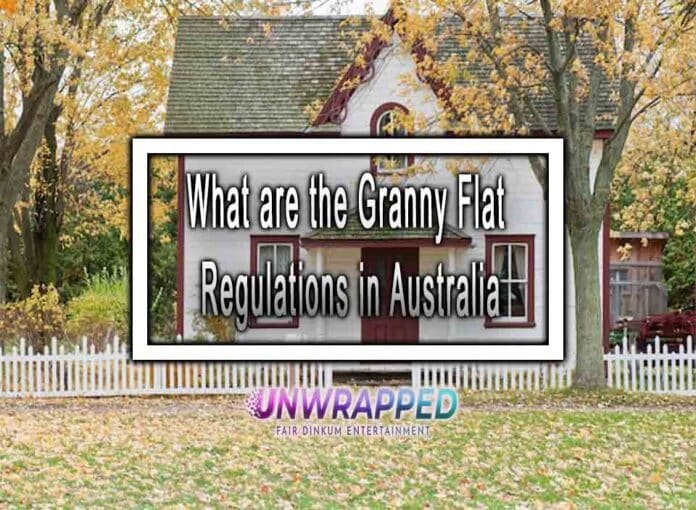As the population ages and more Australians live alone, there is a growing demand for affordable housing. Granny flats have become an increasingly popular home option, but they do require special consideration if you want to comply with local granny flat regulations. In this article we will look at what regulations apply when building an addition on your existing house, as well as why some councils might ask that developers like Granny Flat Solutions to build granny flats at all costs instead of simply allowing people to use their own backyard as extra space for their children or grandparents in old age.
Self-contained secondary dwellings, or “granny flats” as they are commonly known, can be an economical way to provide housing for elderly or disabled relatives, or adult children.
A granny flat is a self-contained secondary dwelling, or “granny” as they are commonly known. They can be an economical way to provide housing for elderly or disabled relatives, or adult children who wish to live at home but cannot afford their own place.
The cost of building a granny flat depends on how much space you want and how much money you have available for materials and labor costs. If you want less than 300sq m (3 bedrooms plus kitchen and bathroom), it will cost between $3500-$4500 including land costs if necessary (including council rates). If 300sq m isn’t enough space then there are larger units available which could cost up $10k+.
Rents range from around $100-$200 per week depending on location within Melbourne CBD area where most of us live during winter season due to cheaper heating bills required due to colder weather conditions being experienced during January/February timeframe when temperatures drop below 10 degrees Celsius here annually due mainly because Australia doesn’t receive any direct sunlight during certain times each day so our clocks go forward one hour every leap year cycle which means we’re one hour ahead all year round except right after Christmas when we stay exactly where we were before New Year’s Day came along causing some confusion among people who don’t realize what happened yesterday yet again!
Some councils may impose additional requirements on the construction of a granny flat.
Granny flats are a great way to extend your home, but they can also be tricky. Some councils may impose additional requirements on the construction of a granny flat. For example, some councils will require you to build a disclaimer in your property title which states that it’s not an actual dwelling and therefore does not need planning permission or council approval. Others may have restrictions on the size of your granny flat (for example, no more than two bedrooms) or how many bedrooms it contains (no more than two).
Takeaway:
A granny flat is a house designed specifically for older people. It’s often used as an extra space in a larger property, or even as an alternative to renting.
If you’re thinking about building one of these houses, here’s what you need to know:
- Granny flats are not always allowed in every state and municipality. In some places, they’ll be illegal; other areas may impose additional requirements on the construction of your granny flat (for example, by requiring earthquake-proofing). Be sure to check with local authorities before starting construction!
Conclusion
The regulation of granny flats can be a complicated process. It is important to seek advice from an experienced and knowledgeable legal professional, who can provide you with the information you need to make an informed decision on your granny flat project.










